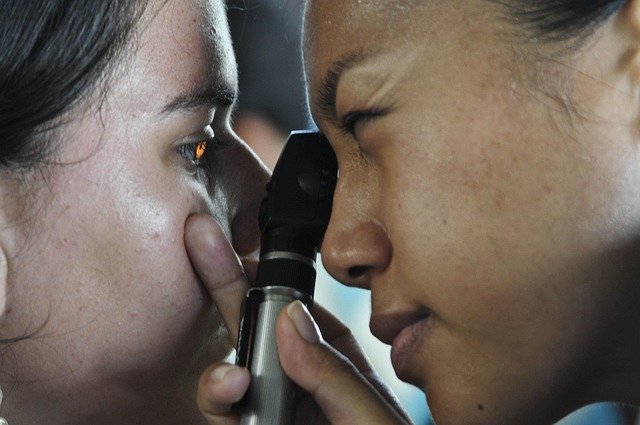Hemoglobinuria: A Comprehensive Guide
Hemoglobinuria is a condition characterized by the presence of free hemoglobin in the urine. While hemoglobinuria may be temporary, such as after intense exercise, it can also indicate more serious medical conditions like Paroxysmal Nocturnal Hemoglobinuria (PNH). Understanding its causes and symptoms is essential for early diagnosis and treatment.

Hemoglobinuria occurs when red blood cells break down and release hemoglobin into the bloodstream, which then appears in the urine. This condition can be acute or chronic and may signal various underlying medical conditions that require prompt attention and appropriate medical intervention.
Early Symptoms and Red Flags
Recognizing the early signs of hemoglobinuria is essential for timely medical intervention. The most obvious symptom is dark-colored urine, which may appear brown, red, or cola-colored. Patients often experience fatigue and weakness due to the loss of red blood cells and decreased oxygen-carrying capacity. Other warning signs include abdominal pain, back pain, and fever, particularly during acute episodes.
Additional symptoms may include shortness of breath, rapid heartbeat, and pale skin or mucous membranes. Some individuals report experiencing these symptoms after physical exertion, cold exposure, or during times of stress. Night sweats and chills can also accompany acute episodes, making it important to monitor these symptoms closely.
Common Causes of Hemoglobinuria
Several factors can trigger hemoglobinuria, with autoimmune conditions being among the most common causes. Paroxysmal nocturnal hemoglobinuria (PNH) is a rare acquired disorder where red blood cells become vulnerable to destruction by the body’s complement system. Autoimmune hemolytic anemia can also lead to this condition when antibodies attack healthy red blood cells.
Infections, particularly those caused by certain bacteria or parasites like malaria, can trigger massive red blood cell destruction. Physical factors such as intense exercise, exposure to extreme cold, or mechanical trauma can also cause hemolysis. Certain medications, including some antibiotics and antimalarial drugs, may induce hemoglobinuria in susceptible individuals.
Complications of Untreated Hemoglobinuria
Without proper treatment, hemoglobinuria can lead to serious health complications. Chronic anemia is a common consequence, resulting in persistent fatigue, weakness, and reduced quality of life. The continuous breakdown of red blood cells can overwhelm the body’s ability to produce new ones, leading to progressively worsening anemia.
Kidney damage represents another significant risk, as excess hemoglobin can be toxic to kidney tissues. Iron overload may develop over time, potentially affecting the liver, heart, and other organs. In severe cases, untreated hemoglobinuria can lead to kidney failure, requiring dialysis or transplantation. Blood clots may also form more readily, increasing the risk of stroke, heart attack, or pulmonary embolism.
How Is Hemoglobinuria Diagnosed?
Diagnosing hemoglobinuria involves several laboratory tests and clinical evaluations. Healthcare providers typically start with a comprehensive urinalysis to detect the presence of hemoglobin and rule out other causes of dark urine. Blood tests measure hemoglobin levels, red blood cell count, and markers of hemolysis such as lactate dehydrogenase (LDH) and bilirubin.
Specialized tests may include flow cytometry to detect specific cell surface proteins, particularly in cases where PNH is suspected. The Ham test and sucrose lysis test were historically used but have largely been replaced by more accurate flow cytometry methods. Additional testing may include Coombs tests to identify autoimmune causes and genetic testing for hereditary conditions.
Treatment Options
Treatment approaches for hemoglobinuria vary depending on the underlying cause and severity of the condition. For autoimmune-related cases, immunosuppressive medications such as corticosteroids may be prescribed to reduce the immune system’s attack on red blood cells. In cases of PNH, complement inhibitors like eculizumab have shown significant effectiveness in reducing hemolysis and improving quality of life.
| Treatment Type | Provider/Method | Cost Estimation |
|---|---|---|
| Complement Inhibitors | Specialty hematology clinics | $400,000-$500,000 annually |
| Immunosuppressive Therapy | Rheumatology/Hematology practices | $2,000-$10,000 monthly |
| Blood Transfusions | Hospital blood banks | $1,000-$3,000 per unit |
| Bone Marrow Transplant | Transplant centers | $200,000-$800,000 total |
| Supportive Care | Primary care physicians | $500-$2,000 monthly |
Prices, rates, or cost estimates mentioned in this article are based on the latest available information but may change over time. Independent research is advised before making financial decisions.
Supportive care plays a crucial role in managing hemoglobinuria and may include blood transfusions for severe anemia, iron supplementation, and folic acid to support red blood cell production. In severe cases, bone marrow transplantation may be considered, particularly for younger patients with compatible donors. Pain management and lifestyle modifications can help patients cope with symptoms and improve their overall well-being.
Hemoglobinuria requires ongoing medical supervision and individualized treatment plans. Early recognition of symptoms and prompt medical attention can significantly improve outcomes and prevent serious complications. Patients should work closely with hematologists and other specialists to develop comprehensive management strategies tailored to their specific condition and needs.
This article is for informational purposes only and should not be considered medical advice. Please consult a qualified healthcare professional for personalized guidance and treatment.




